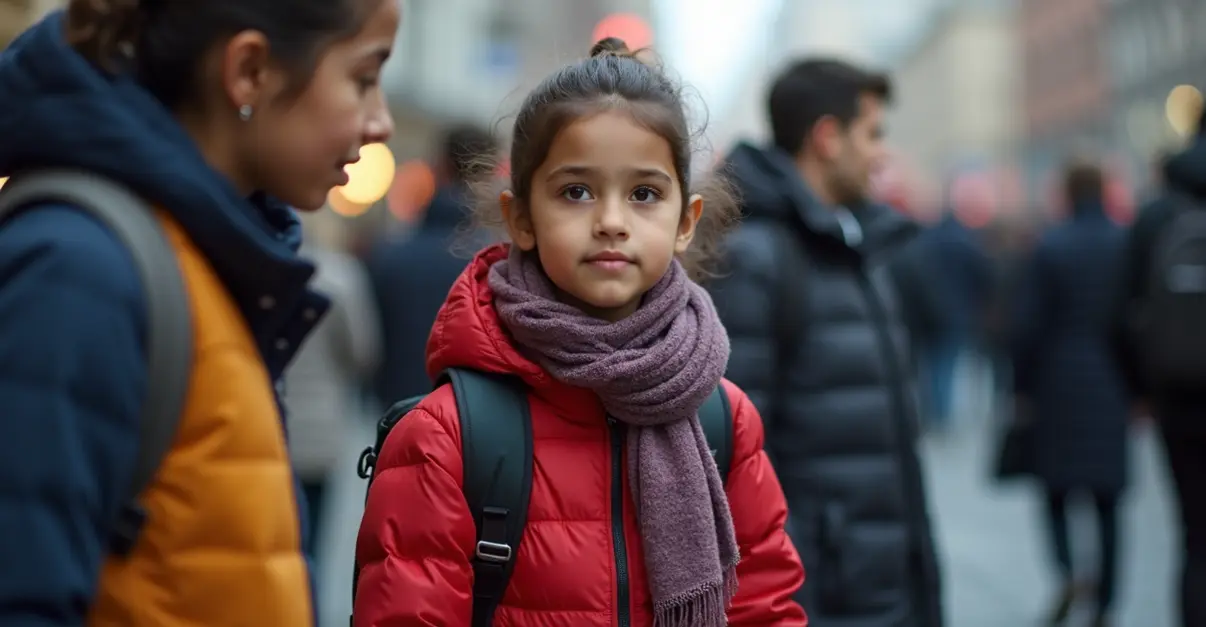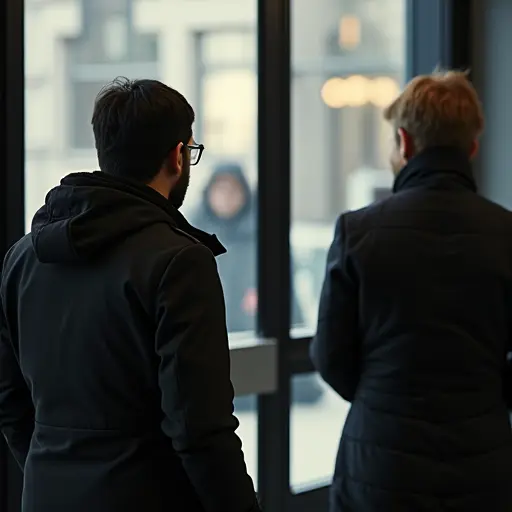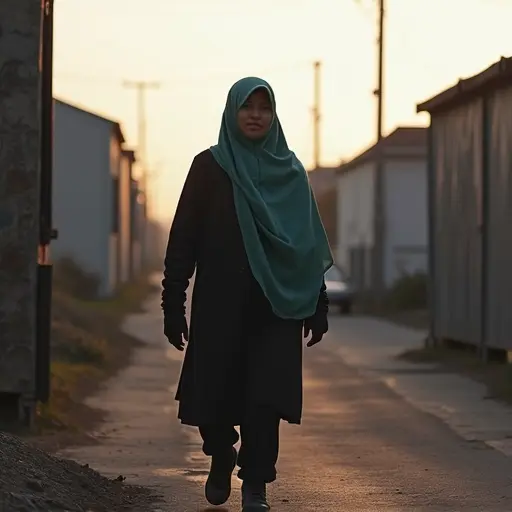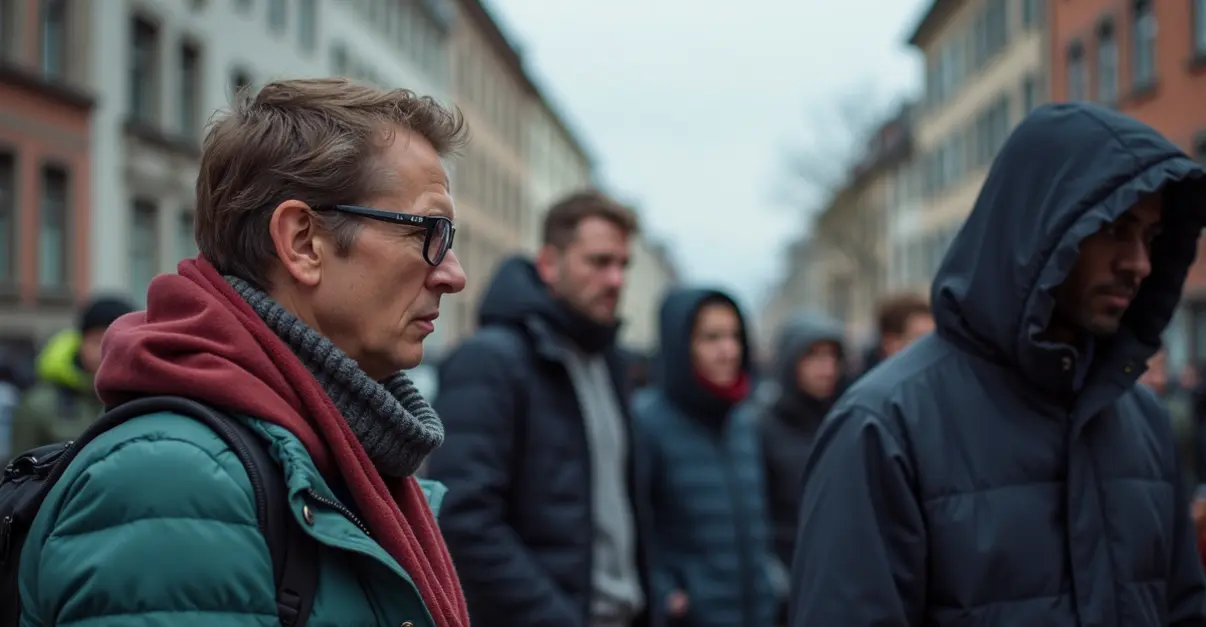
Ten Years After the Historic Migration Wave
A decade has passed since Europe experienced its largest migration movement since World War II, when over 1.3 million people sought refuge across the continent. The 2015 migration crisis fundamentally transformed European politics, societies, and migration policies, leaving a lasting legacy that continues to shape the continent today.
Political Transformation and Policy Evolution
EU Migration Commissioner Magnus Brunner emphasized that the European Union now maintains sovereign control over its borders. "After ten years of negotiations, we are putting in place a modern migration system that restores control over who can come to Europe – and who cannot," Brunner stated, referencing the Pact on Migration and Asylum set to enter force in June 2026.
The political landscape shifted dramatically following the crisis. Germany's Alternative for Germany (AfD) party gained significant traction, while right-wing and eurosceptic movements across Europe used migration as a central campaign issue. Professor Marko Lovec from the University of Ljubljana noted that the new migration situation became a primary driver of political atmosphere changes throughout Europe.
Integration Challenges and Successes
Integration outcomes have varied significantly across member states. In Germany, nearly two-thirds of refugees from the 2015 wave had found employment by 2022, according to the Institute for Employment Research. However, migrants remain four times more likely to be unemployed than the general population, with an unemployment rate of 28% in 2024.
Portugal adopted a unique dispersal strategy, distributing refugee families across towns and villages rather than concentrating them in urban centers. This approach fostered community bonds but sometimes left refugees feeling isolated from broader diaspora networks.
Current Migration Trends
Recent data shows declining asylum applications across Europe. Germany reported a 60% decrease in August 2025, with 7,803 first-time applications compared to 18,427 the previous year. Spain similarly experienced an 11,578 reduction in arrivals during the first nine months of 2025.
Despite decreasing numbers, integration challenges persist. Language barriers, non-recognition of professional qualifications, and housing difficulties continue to complicate the settlement process for newcomers.
Looking Forward
The EU's new migration framework emphasizes cooperation with third countries and more effective return policies. Commissioner Brunner stressed that engaging with countries along migration routes and in countries of origin is essential to prevent dangerous journeys and manage migration flows responsibly.
As Europe reflects on the past decade, the 2015 migration wave remains a defining moment that tested the continent's values, institutions, and capacity for compassion while reshaping its demographic and political future.

 Nederlands
Nederlands English
English Français
Français Deutsch
Deutsch Español
Español Português
Português







